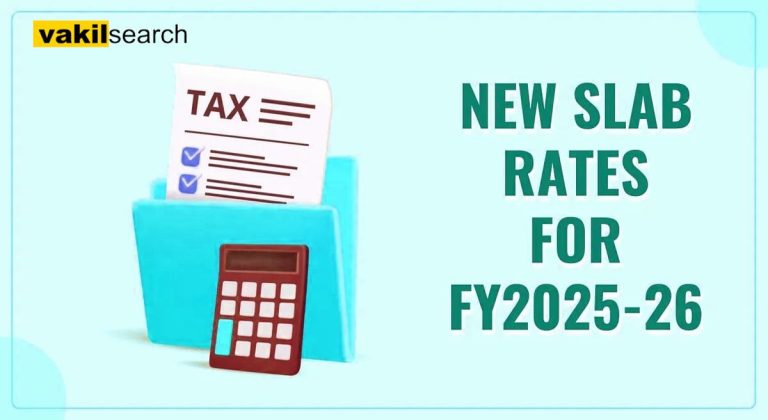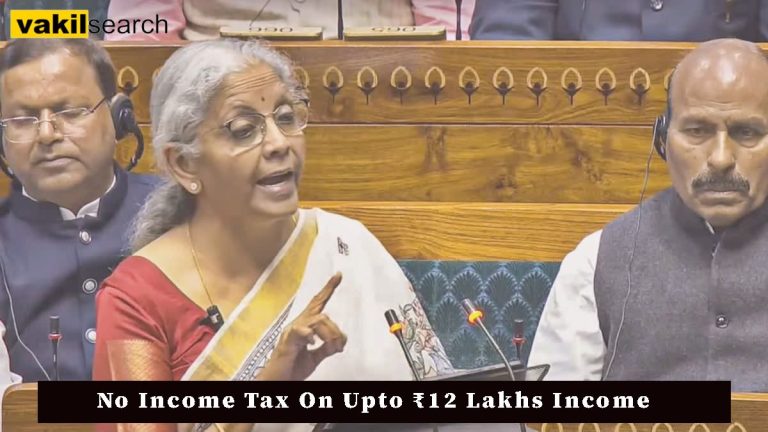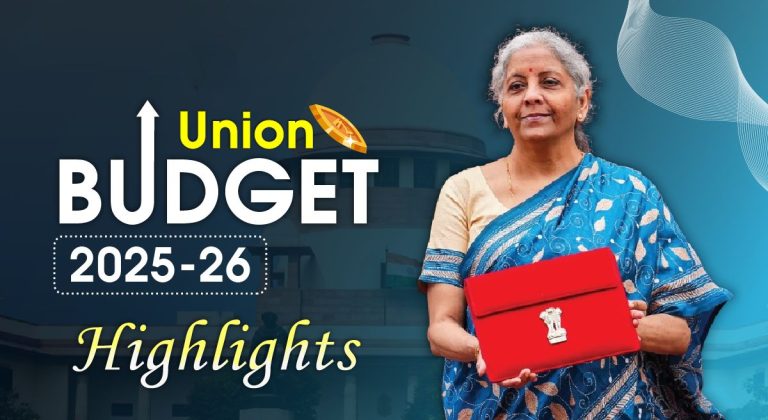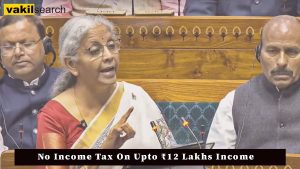Law Student’s Viral Post Ignites Debate on India’s Work Culture and Quality of Life
A candid social media post by an Indian law student has sparked a heated debate on India’s work culture and quality of life. After spending six months in Europe, she voiced her frustrations about the stark differences she observed, gaining both support and criticism.
The Frustrations Behind the Indian Law Student’s Post
In her post, she shared: “Have been in Europe for 6 months now & have started building up a resentment towards work culture in India. You work past 12AM daily, earn peanuts, and have no respect as an individual. You have no time for yourself. How have we been living like this?” This comment resonated with many, as it captured the frustrations of long working hours and the lack of personal time in India.

Reactions and Divided Opinions on the Post
The post quickly gained traction, with users chiming in to share their experiences. Several agreed with her, discussing burnout and overwhelming schedules. However, there were critics who pointed out that work conditions differ significantly across industries, employers, and career choices.
A Broader Discussion on Quality of Life Raised by the Indian Law Student
In a follow-up post, the law student acknowledged that Europe also had its flaws but highlighted the contrast in basic living conditions. She wrote: “I see what life could have been in India if we just had cleaner air, safer roads, just better access to basic facilities. I’d take that over Blinkit/Zomato any day.” This comment shifted the focus from work culture to broader quality-of-life issues like pollution, road safety, and public services.
Personal Observations from the Indian Law Student
The post resonated particularly with those who had lived abroad and returned to India, sparking a broader discussion about lifestyle expectations. Some users supported her views, while others felt her generalizations didn’t capture the full picture. “I work with European bosses. They take work just as a small part of their life and expect us to do the same in India too, which is risky considering other teams around who think I’m never working,” one user pointed out, highlighting the complex dynamics of global work environments.
Mixed Reactions and Global Work Dynamics in the Debate
Responding to the mixed reactions, the lawyer shared her personal observations: “To be honest, I’ve found people to be generally kinder, helpful, and more approachable here than back in Delhi. I also like the fact that I don’t have to constantly be on guard when I interact with anyone.”
However, not all responses were sympathetic. Some users pushed back, stating, “Not everyone in India works past 12 AM and not everyone in Europe works 40 hours a week,” underscoring the diversity of work experiences in both regions. Others drew attention to the treatment of outsourced employees in India. “I’m based in the UK. I have worked with outsourcers in India, and I have been horrified at the way that Indian employees are treated,” one comment read.
A Renewed Conversation on Work-Life Balance
The debate has reignited discussions around work-life balance and employee well-being in India. While some argue for systemic changes to promote healthier work environments, others believe that comparing two vastly different economies and cultures oversimplifies the issue.
The Bigger Picture: Quality of Life in India
This conversation comes at a time when more Indians are expressing concerns about their quality of life. A recent survey by polling agency C-Voter revealed that over 37% of respondents expect life quality to worsen in the upcoming year, the highest percentage since 2013. Persistent food inflation and an anticipated slow growth rate are affecting household budgets, leading to increased dissatisfaction.

Conclusion: Will These Discussions Lead to Change?
In conclusion, the law student’s viral post has shed light on the ongoing challenges related to work culture and quality of life in India. It has prompted a necessary dialogue on the need for systemic changes to promote healthier work environments and improve living conditions. As the debate continues, it remains to be seen whether these discussions will lead to tangible improvements in the Indian work culture and overall quality of life.
Stay updated with the latest news and other trending updates! Visit Vakilsearch News for exclusive insights























